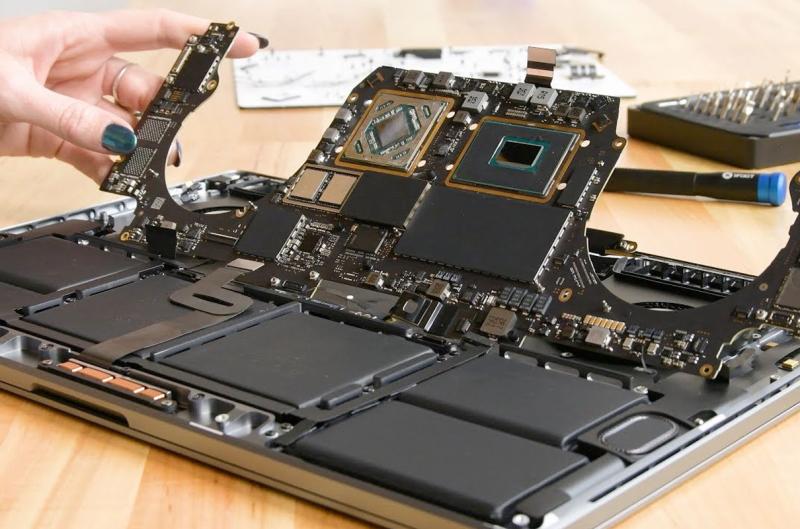Mac Charging Issues? Here’s How to Fix It

The new Apple MacBook now features the MagSafe 3 charger, which has quickly become a favorite for many users. One of its best features is the charging indicator light, which shows whether it’s connected and charging—even when the MacBook is off. However, some users have reported a common issue: their MacBook either doesn’t charge at all or doesn’t even show as connected. This could be due to several possible issues, such as a faulty charger, motherboard problems, or issues with the charging port. If your MacBook is out of warranty, you may need to visit a MacBook repair center in Mumbai to get it checked and fixed.
Here are some tips to help you troubleshoot your Mac on your own.
Charging Cable or Charger Check:
There’s a chance the issue might be with the charging cable or charger itself. To troubleshoot, borrow a compatible charger from a friend and test it on your Mac. If you have a MagSafe 1, 2, or 3 charger, pay attention to the LED light:
- Green light: This can mean the battery is fully charged or that it’s connected but not charging.
- Amber light: This indicates the battery is actively charging.
Be sure the borrowed charger has the right wattage for your Mac model (e.g., a 60W charger won’t work if your MacBook requires 90W). Also, check for dust or carbon buildup on the charging port, as this can interfere with proper charging.
Battery Health:
If your MacBook isn’t charging, the battery itself could be the issue. You can check its health by downloading third-party apps like Coconut Battery, or go to Apple Menu > System Information > Hardware > Power to see the cycle count and battery health. If the battery status shows “Service Now,” it likely means the battery needs replacement. The cost of a MacBook battery replacement varies depending on the model and year, but keep in mind that all replacement batteries come with a 6-month warranty.
Resetting the SMC (System Management Controller):
Sometimes, small system glitches can cause your MacBook's battery to stop charging. A simple SMC reset might solve the problem, and don’t worry—it’s completely safe to do! Here’s a step-by-step guide to help you reset the SMC on your Mac.
Steps to Perform an SMC Reset
To reset the SMC on most Intel-based Macs, follow these steps:
- Shut down your Mac.
- Press and hold Option + Command + P + R keys simultaneously.
- Keep holding the keys for about 20 seconds, then release them.
- Turn on your Mac normally.
This reset can help resolve minor power and charging issues
Disconnecting and Reconnecting the Battery:
Sometimes, a simple glitch with the battery connection can prevent your MacBook from charging. Disconnecting and reconnecting the battery often resolves the issue. If you have the right tools, follow these steps:
- Shut Down Your MacBook
Ensure the MacBook is completely powered off. - Unscrew the Back Panel
Use the appropriate screwdriver to carefully remove the screws on the back panel of your MacBook. - Locate the Battery Connector
Once the panel is removed, find the battery connector on the logic board. - Disconnect the Battery
Gently unplug the battery connector and wait for a few seconds. - Reconnect the Battery
Plug the battery connector back into its slot securely. - Reassemble Your MacBook
Screw the back panel back on and turn on the MacBook to check if the charging issue is resolved.
Note: Proceed only if you’re comfortable working with internal components. If not, it’s best to visit a professional MacBook repair center.
macOS Update:
While it’s unlikely that a macOS update is causing your MacBook's charging issue, keeping your system updated is always a good practice. Updates can sometimes address bugs or improve hardware compatibility.
Here’s what to do:
- Check for pending updates by going to System Settings > General > Software Update.
- If an update is available, install it and see if it resolves the issue.
If the problem persists, it might require advanced diagnostics. In that case, contacting an Apple repair center or a trusted MacBook repair service is your best option.
